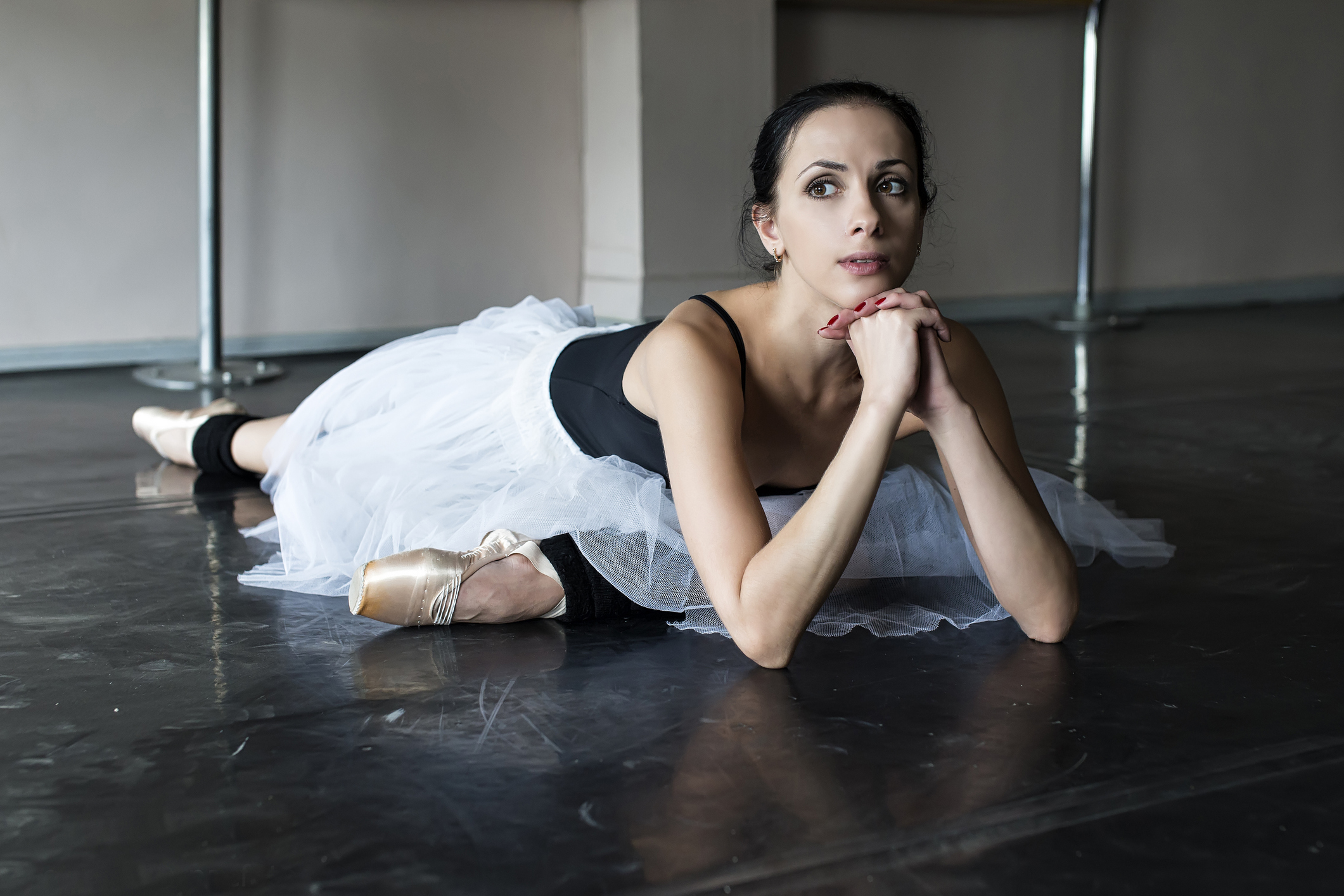Snap, Crackle, Pop: Is Self-Adjustment Helpful or Harmful for Dancers?
Twisting our backs for spine cracks, head rolls for neck pops, crackling ankle circles and popping shoulders—a group of dancers warming up can sound like a chorus of Rice Krispies. Many of us have heard that cracking our joints can be detrimental for our long-term health, even causing arthritis. Just as often, we hear that such claims are myths.
Is self-adjustment as good for us as it feels, is it net-neutral on our physical health as dancers, or are the risks real?
The Source of the Sound
Dr. Carrie Skony, a certified chiropractic sports physician and dance medicine specialist who treats a number of dancers and athletes in the Chicago area, demystifies the popping sound. “There’s fluid inside a joint that lubricates it and allows it to slide and move. That fluid has gas bubbles in it,” she says. If the joint is mobilized to its end range, the gas bubbles can be released, creating the popping sound.

Not all sounds are created equal. Skony notes that some hip pops might be a hip flexor tendon snapping back and forth over a bony prominence. The sound isn’t significantly different, but snapping tendons may be noticeably painful, whereas the audible crack that feels good isn’t inherently bad for the joint, Skony says. (Science has debunked the myth that repetitive cracking causes arthritis.) Dancers may pick up the habit because it does have a real short-term benefit. When a joint is manipulated to the point of popping, Skony says, “there is typically an immediate increase in range of motion,” in addition to the benefit of the muscle around the joint being stretched. But she emphasizes it’s important to know that while the popping itself may not necessarily be bad for the joint, the circumstances around it can be—especially if surrounding tendons or ligaments become irritated or injured, or if the joints are already hypermobile.
The feel-good effect may also have nothing to do with the area’s mechanics at all. “The other immediate benefit is more of a neurochemical response,” says Skony. “Endorphins are released from that motion in the joint that has an inhibitory effect on pain. It’s very temporary, lasting minutes to a half hour.”
Mind–Body Tricks
The psychological benefit is something Louisville Ballet dancer Leigh Anne Albrechta has noticed for herself. “I have a habitual—maybe a nervous—tic that I crack my knuckles before I’m about to do a solo.” She doesn’t do it for a physical release in her fingers, but simply because she has always done it, almost tricking herself into thinking she needs to before emerging from the wings. “As dancers, I think we’re all a little superstitious when it comes to our bodies,” she says.
Skony says that the pop itself can become addictive: “The sound becomes psychosomatic—‘I heard something, so it means I feel better.’” But that may not be the case.

Dancers are susceptible to this deceptive mental feedback loop for another reason. “Those who have ligament laxity or hypermobility tend to have impaired proprioception, or awareness of our joints in space,” says Skony. When you stretch and manipulate your joints for that all-too-addictive popping sound, you create the feedback that your brain craves from those areas of your body.
Underlying Issues
A better way to provide that feedback? Stability and strength, says Skony. “If you’re forcefully creating motion in a joint that does not need more joint motion, then you’re really stretching those supporting ligaments to their end range and starting to impair their function.” Weakened ligaments are a recipe for injury with a long day of classes, rehearsals and performances.
Albrechta knows the effects of this all too well. While working on a very physical contemporary production of Andrea Schermoly’s Rite of Spring, a stiff feeling in her lower spine progressed until she couldn’t bend over the sink to wash her face without pain. She sought help from her company’s physical therapy department and decided to consult a chiropractor. Sure enough, muscle and ligament instability had led to the painful misalignment. In addition to professional chiropractic care, strength and stability training (rather than self-adjustment) helped her realign her back and overcome the pain. For hypermobile dancers, stretching and twisting to achieve more mobility is rarely the answer.
When in Doubt, Strengthen
If you feel the need to crack parts of your body often, there’s likely an underlying weakness that needs to be addressed. “If dancers habitually or forcefully crack their joints more than once a week, I ask them to stop,” says Skony. “They dislike that sometimes because their bodies are so used to that motion. But if we replace it with strengthening, that helps a lot.”

Skony suggests consulting a trained professional or doing isometric strengthening exercises in areas you feel the need to pop, as well as a technique called “functional range conditioning.” This method brings your body into a stretch while engaging the surrounding muscles to actively hold and support that mobility, rather than using your arms to force twists and extensions to the point of joint popping.
If you get a few back cracks during your standard warm-up routine, that is perfectly normal and non-detrimental to your joints’ long-term health. But if you feel the need to constantly twist and stretch and force your body into popping positions, it’s best to seek the help of a medical professional to determine any underlying factors in your body’s alignment and strength. The bottom line: Self-manipulation does carry risk. Those popping sounds should be a side effect of healthy movement conditioning, not a goal.







